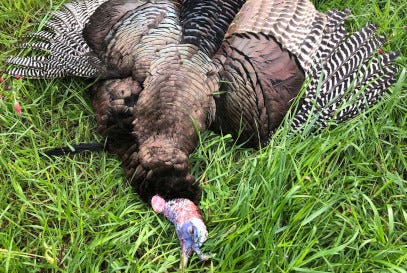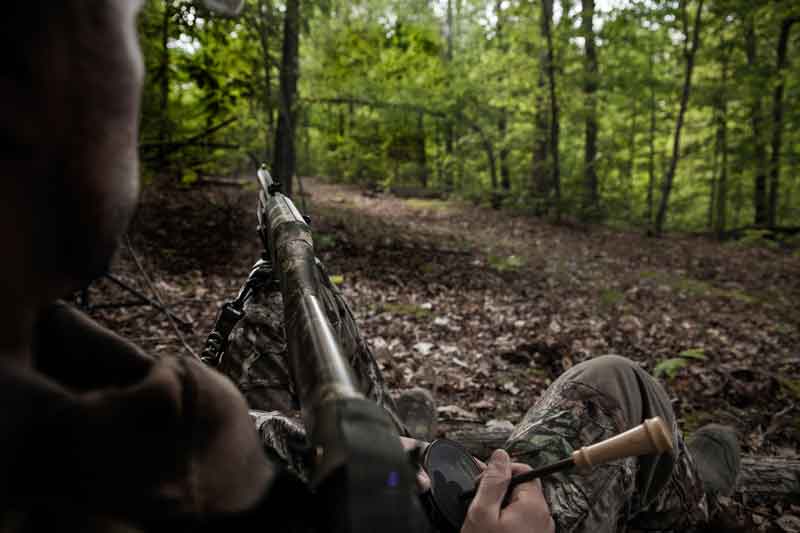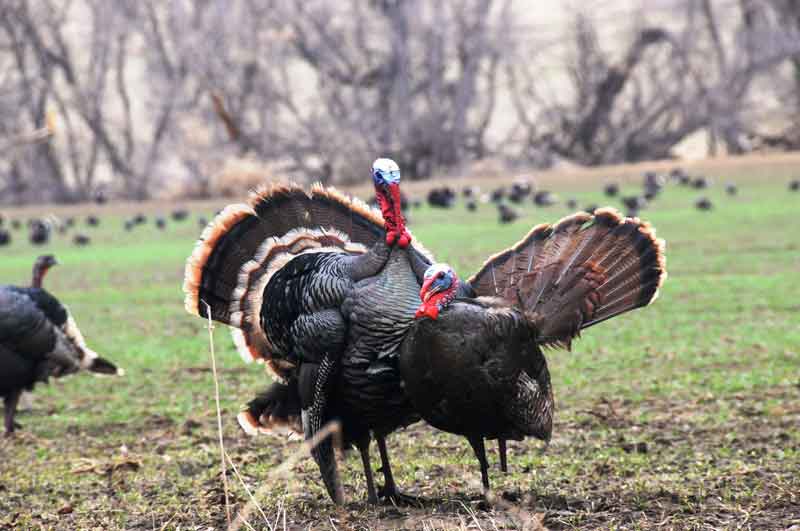- Aug 26, 2014
Understanding Your Bullet
If you want to start an in-depth discussion with a hunter or with a gun enthusiast, just bring up the topic of bullets. Of course, most already know – and agree – that in today’s modern firearms, bullets are just one part of the cartridge (or round), which also includes the propellant, the propellant casing and the firing cap. But that’s where the consensus would end, as most firearms owners could easily argue the merits of his or her favorite bullet for hours and would probably try to persuade anyone who would listen which ammunition is the “right” one. The truth of the matter is that there’s an array of awesome bullets that are effective for hunting, no matter what your gun or quarry of choice. As well, there are very few “bad” bullets. In fact, you’ll find that there are many options that can meet your needs and that can provide the performance characteristics you desire.
According to Assistant Manager at Mark’s Outdoors in Vestavia, Alabama, Bill Oglesby (who fellow coworkers have dubbed “the walking ballistics chart”), there are many things to consider when selecting a bullet for your hunt. But two main questions to answer include whether you need long-range or short-range ammunition and whether you prefer a harder bullet with complete penetration through the animal or a softer bullet that expands and expends all its energy inside the animal. Oglesby prefers the latter. “Both types of bullets will give you the same result: a kill,” he states. “But in my opinion, with all of my experience shooting animals and watching them fall, I’d much rather have an animal drop where it is than me have to go looking for it. And a bullet that expands within the target, like Ballistic Tip and AccuBond, has given me much better results.”
People on both sides of the issue love to debate terminal velocity and how the energy of the bullet is best spent and used, but there are some ammo basics that a good number of hunters recognize. For bagging varmints or small predators, most recommend using frangible bullets that are not prone to ricochet, that offer a quick kill on small animals and that are safe to use in semi-populated areas. For larger game, like whitetail deer or wild boar, soft-point bullets that expand quickly, hit the vitals and, ideally, stop under the skin on the other side of the animal usually deliver the surest and the swiftest kills, especially at longer ranges. For anyone headed to Alaska or to the African plains to bag big-game animals like elk, moose, bear or kudu, or for those planning to take down dangerous predators, they should consider premium bullets with greater penetration.
As far as caliber is concerned – and that’s an entirely different argument – Oglesby notes that a .30-06 is one of the best, all-around choices for North American hunting. Naturally, any bullet must be in the caliber and the weight that’s most appropriate for the game. But a .30-06 is versatile, has been around forever and offers a variety of weights and types… and “it works,” Oglesby says. “Everyone – including me – wants bigger and faster bullets, but I’ll argue that the .30-06 is the best caliber, all around, for whitetail and smaller game and even up to bear.”



